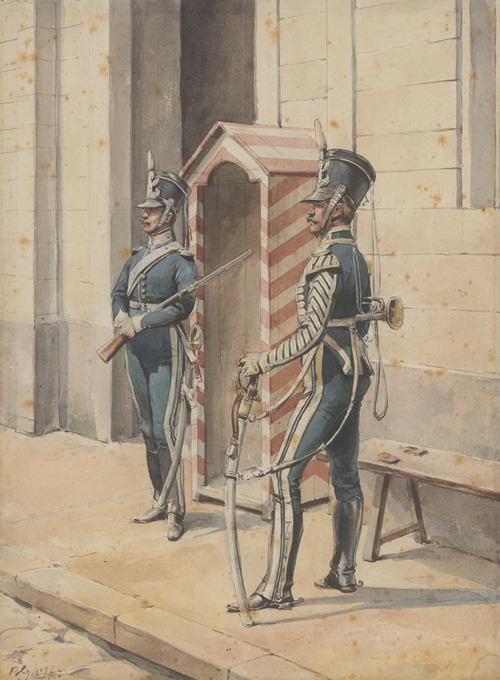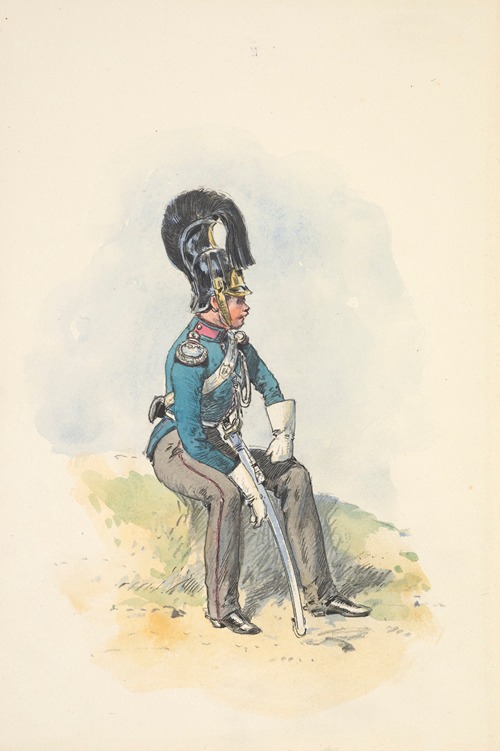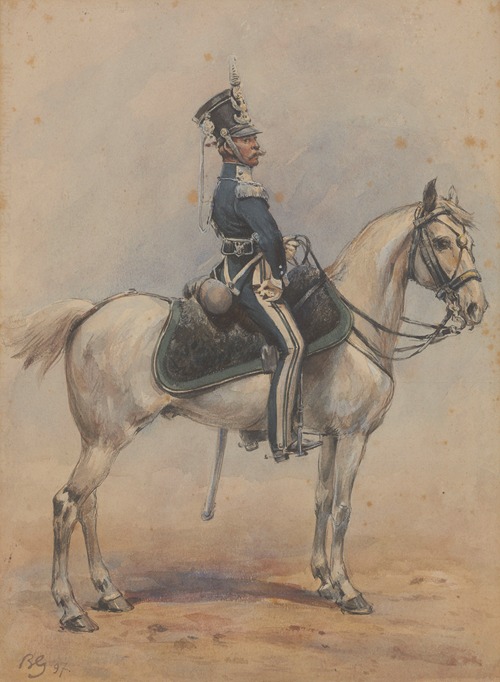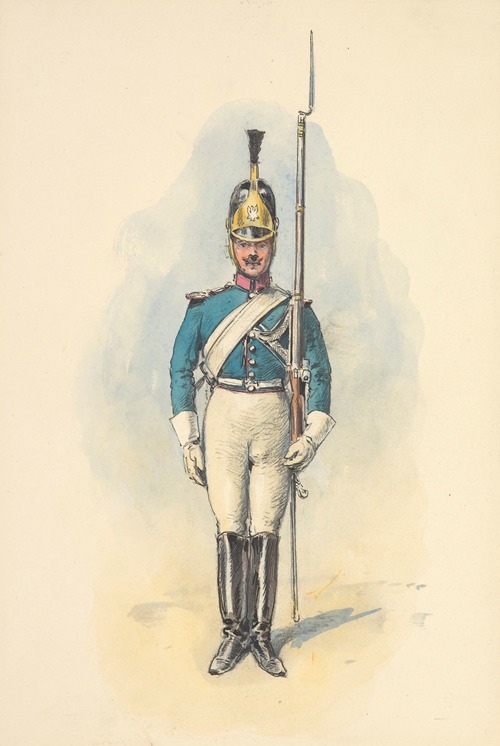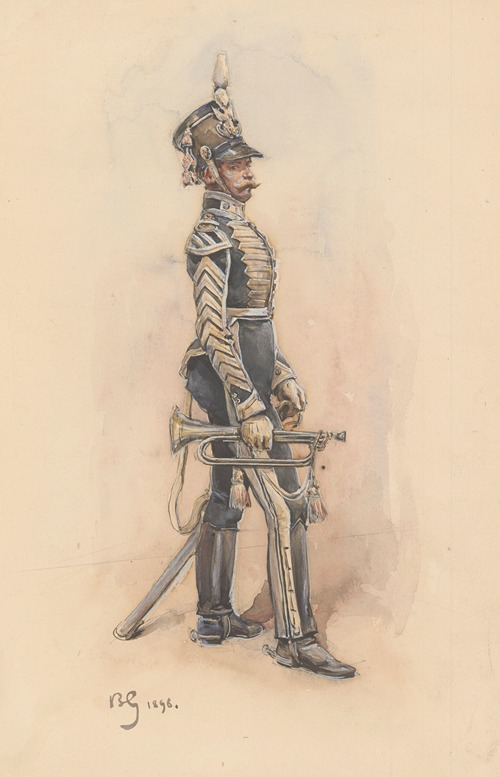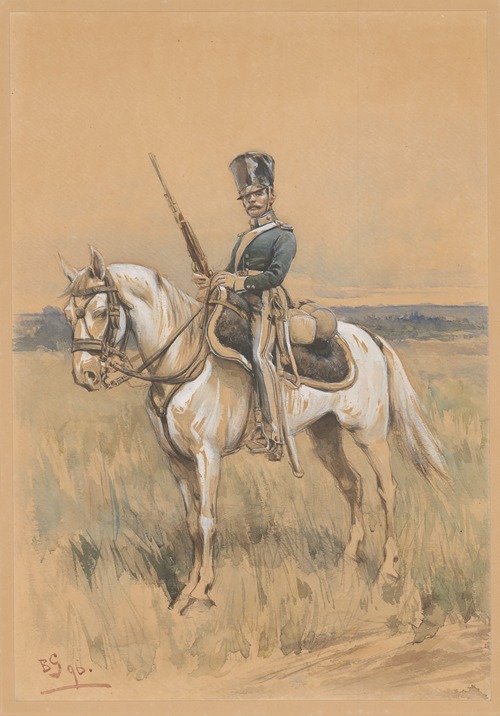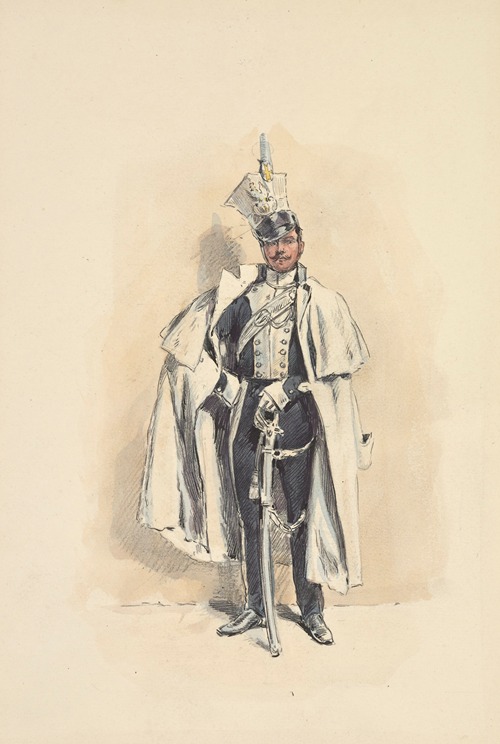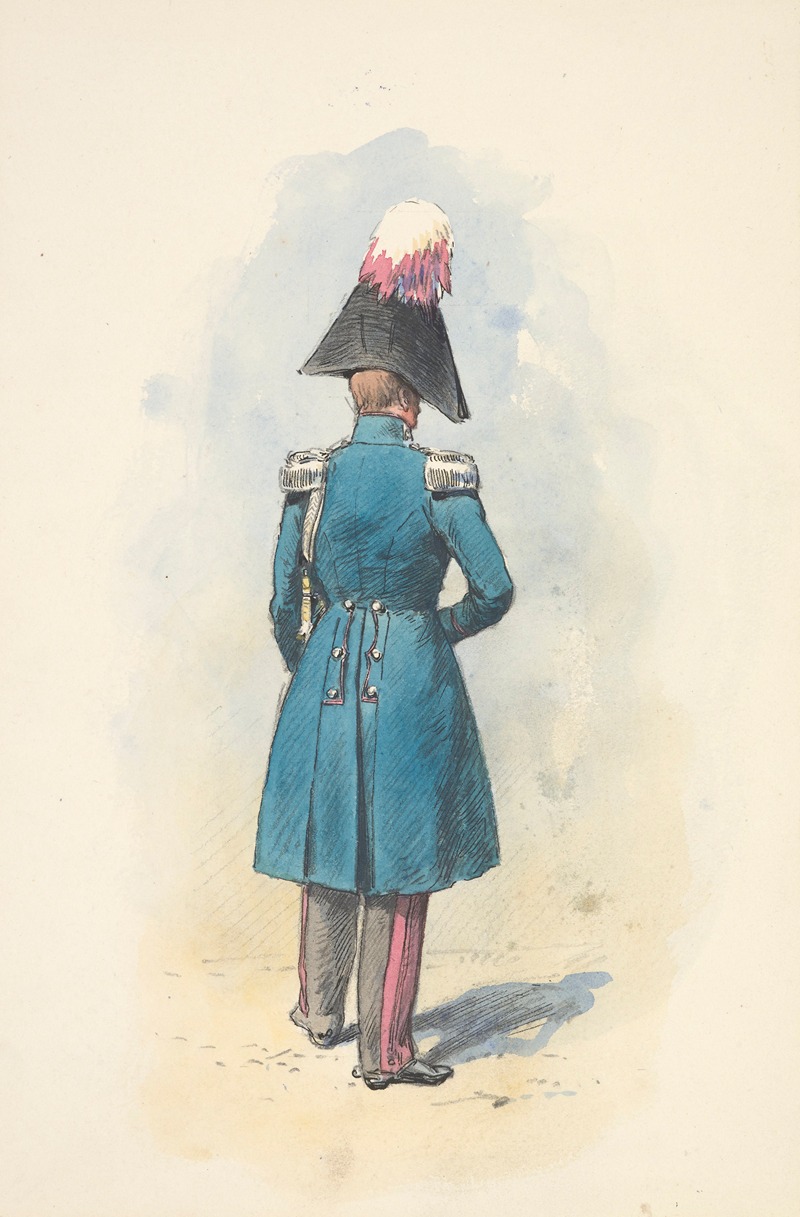

Bronisław Gembarzewski was acolonel of the Polish Army's sappers, battle painter, military historian, museum curator, long-time director of the National Museum and the Army Museum in Warsaw.
He was the son of Kazimierz and Eulalia nee Zawadzki, of the Habdank coat of arms. He was educated at the VI Gymnasium in Warsaw and at the gymnasium in Tsarskoye Selo. He studied painting at the Academy of Fine Arts in St. Petersburg (1892–1894) and at the Conservatoire national des arts et métiers in Paris (1895–1896). One of his painting teachers was Wojciech Gerson; as a painter he mainly created landscapes, but his works did not receive recognition from art critics. Before World War I, he worked with Edward Krasiński and Stanisław Patka to organize the collections of the Polish National Museum in Rapperswil.
He was drafted into the Russian Imperial Army in 1914, where he served as a captain in the sapper corps. On behalf of the Citizens' Committee of Warsaw, he took care of the state buildings in the capital in the years 1915–1916; from 1916 (until 1936) he was the director of the National Museum in Warsaw, and from 1920 the director of the Army Museum in Warsaw. In 1913, he became president and later honorary member of the Society for the Preservation of Monuments of the Past in Warsaw, and he also participated in the work of the Imperial Military Historical Society in St. Petersburg. From 1916, he was a full member of the Warsaw Scientific Society. He was an employee of the Dictionary Commission of the Provisional Council of State.
In 1921, he was promoted to colonel. Verified with seniority as of June 1, 1919, in the administrative officers corps, science and education department. On June 19, 1923, he was transferred to the corps of engineering officers and sappers, retaining his seniority as of June 1, 1919, and ranking 33.1. While serving as director of the Army Museum, he remained an officer overstrength of the 1st Sapper Regiment. On April 30, 1927, he was retired. After the outbreak of World War II, he was briefly imprisoned in Pawiak. After his release, he took part in the action to save the monuments of the Army Museum in Warsaw. He was buried at the Powązki Cemetery in Warsaw (plot 22-1-26).
Gembarzewski organized the Iconographic Archive at the National Museum in Warsaw and was one of the founders of the Army Museum. In 1929, he published an inventory of the Army Museum's collection from the 18th century and the first half of the 19th century, and organized numerous exhibitions on the history of the Polish Army. He compiled a bibliography of military history in Poland, initiated research on the history of the Polish military uniform and drew tens of thousands of detailed drawings of uniforms from the era of the Duchy of Warsaw. He described the positions of Polish regiments during the November Uprising and was one of Stefan Żeromski's consultants during the writer's work on Popioły (Ashes). He prepared an edition of Józef Patelski's Wspomnienia wojskowe (Military Memoirs) (covering the years 1823–1831, 1914). From 1934, he collaborated with the monthly magazine “Broń i Barwa” (Weapon and Color). He received the Mianowski Fund award for his monograph Wojsko polskie. Królestwo Polskie 1815–1830 (The Polish Army. The Kingdom of Poland 1815–1830) (1903).
